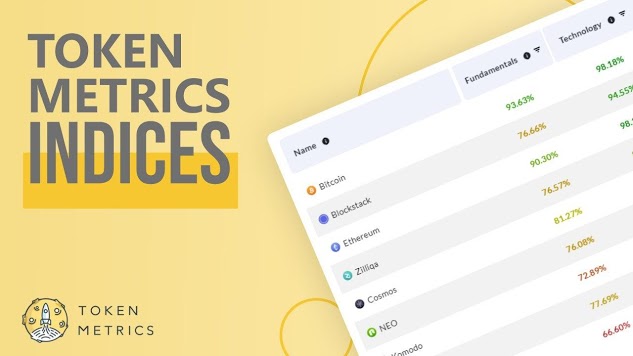
Join the event trusted by enterprise leaders for nearly two decades. VB Transform brings together the people building real enterprise AI strategy. Learn more
AI agents are one of the hottest topics in tech right now — but how many enterprises have actually deployed and are actively using them?
LinkedIn says it has with its LinkedIn hiring assistant. Going beyond its popular recommender systems and AI-powered search, the company’s AI agent sources and recruits job candidates through a simple natural language interface.
“This is not a demo product,” Deepak Agarwal, chief AI officer at LinkedIn, said onstage this week at VB Transform. “This is live. It’s saving a lot of time for recruiters so that they can spend their time doing what they really love to do, which is nurturing candidates and hiring the best talent for the job.”
>>See all our Transform 2025 coverage here<<
Relying on a multi-agent system
LinkedIn is taking a multi-agent approach, using what Agarwal described as a collection of agents collaborating to get the job done. A supervisor agent orchestrates all the tasks among other agents, including intake and sourcing agents that are “good at one and only one job.”
All communication happens through the supervisor agent, which takes input from human users around role qualifications and other details. That agent then provides context to a sourcing agent, which culls through recruiter search stacks and sources candidates along with descriptions on why they might be a good fit for the job. That information is then returned to the supervisor agent, which begins actively interacting with the human user.
“Then you can collaborate with it, right?” said Agarwal. “You can modify it. No longer do you have to talk to the platform in keywords. You can talk to the platform in natural language, and it’s going to answer you back, it’s going to have a conversation with you.”
The agent can then refine qualifications and begin sourcing candidates, working for the hiring manager “both synchronously and asynchronously.” “It knows when to delegate the task to what agent, how to collect feedback and display to the user,” said Agarwal.
He emphasized the importance of “human first” agents that keeps users always in control. The goal is to “deeply personalize” experiences with AI that adapts to preferences, learns from behaviors and continues to evolve and improve the more that users interact with it.
“It is about helping you accomplish your job in a better and more efficient way,” said Agarwal.
How LinkedIn trains its multi-agent system
A multi-agent system requires a nuanced approach to training. LinkedIn’s team spends a lot of time on fine-tuning and making each downstream agent efficient for its specific task to improve reliability, explained Tejas Dharamsi, LinkedIn senior staff software engineer.
“We fine-tune domain-adapted models and make them smaller, smarter and better for our task,” he said.
Whereas the supervisor agent is a special agent that needs to be highly-intelligent and adaptable. LinkedIn’s orchestrating agent can reason by using the company’s frontier large language models (LLMs). It also incorporates reinforcement learning and continuous user feedback.
Further, the agent has “experiential memory,” Agarwal explained, so it can retain information from recent dialog. It can preserve long-term memory about user preferences, as well, and discussions that could be important to recall later in the process.
“Experiential memory, along with global context and intelligent routing, is the heart of the supervisor agent, and it keeps getting better and better through reinforcement learning,” he said.
Iterating throughout the agent development cycle
Dharamsi emphasized that with AI agents, latency has to be on point. Before deploying into production, LinkedIn model builders need to understand how many queries per second (QPS) models can support and how many GPUs are required to power those. To determine this and other factors, the company runs a lot of inference and does evaluations, along with ntensive red teaming and risk assessment.
“We want these models to be faster, and sub-agents to do their tasks better, and they’re really fast at doing that,” he said.
Once deployed, from a UI perspective, Dharamsi described LinkedIn’s AI agent platform as “Lego blocks that an AI developer can plug and play.” The abstractions are designed so that users can pick and choose based on their product and what they want to build.
“The focus here is how we standardize the development of agents at LinkedIn, so that in a consistent fashion you can build these again and again, try different hypotheses,” he explained. Engineers can instead focus on data, optimization and loss and reward function, rather than the underlying recipe or infrastructure.
LinkedIn provides engineers with different algorithms based on RL, supervised fine tuning, pruning, quantization and distillation to use out of the box without worrying about GPU optimization or FLOPS, so they can begin running algorithms and training, said Dharamsi.
In building out its models, LinkedIn focuses on several factors, including reliability, trust, privacy, personalization and price, he said. Models must provide consistent outputs without getting derailed. Users also want to know that they can rely on agents to be consistent; that their work is secure; that past interactions are being used to personalize; and that costs don’t skyrocket.
“We want to provide more value to the user, to do their job back better and do things that bring them happiness, like hiring,” said Dharamsi. “Recruiters want to focus on sourcing the right candidate, not spending time on searches.”




Be the first to comment